When Ben and Stefany learned about the issues of food insecurity in the North of Canada, they wanted to take action. Having a passion for the region, they contacted many communities in Nunavut - and Naujaat was the most responsive to working with them. They conducted interviews with roughly 10% of the community in Naujaat and gained support for implementing a model centred around local food production. After showcasing that a greenhouse model in the Arctic was a viable option, a second community, Arviat, reached out for a dome in their own community.
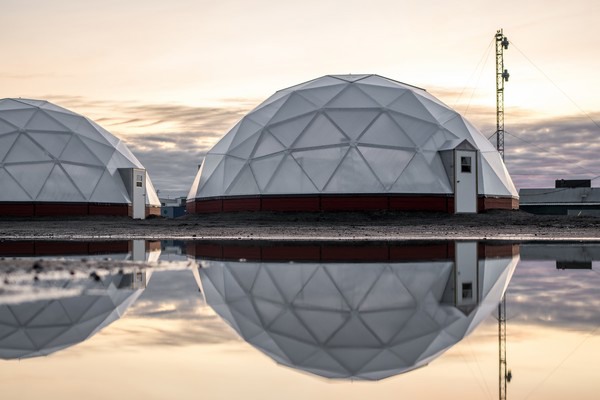
This is the origin story of Green Iglu, as told by its Marketing Director, TJ Driediger. Growing in the Arctic comes with a unique set of special challenges, he shares. "The permafrost completely removes the ability to grow in the soil in most places in the Arctic, so we use hydroponic towers and raised soil beds to grow all of the produce."
Even with a greenhouse model, the limited sunlight during the winter makes a year-round season difficult, requiring more research into renewable energy sources for powering lighting and heating systems.
Lastly, most of Nunavut’s land is above the treeline, and the people who live there have traditionally relied on hunting, fishing, and foraging as their main source of food. "Farming and horticulture isn’t something that’s been a part of the knowledge base of many people who live in the Arctic", TJ says. "This is why our educational programming and training are so crucial to the success of the greenhouse projects."
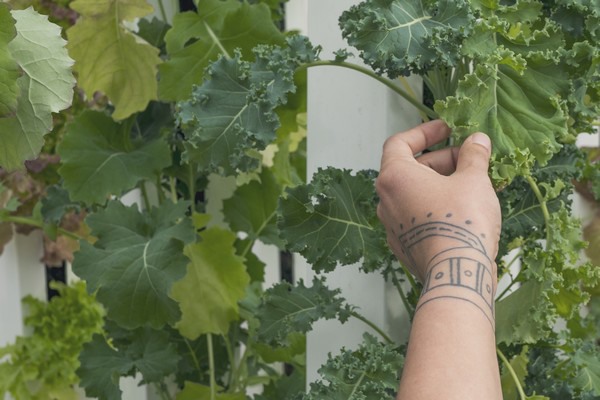
Automated monitoring in a geodesic greenhouse
We'll go into the education aspect of the Green Iglu project later, but first let's take a look at what makes it work from a technical point of view. "The Growing Dome is a geodesic-shaped greenhouse designed by a company called Growing Spaces, based out of Colorado", TJ tells us. "The main features that led us to use this design was its durability (handles wind speeds of up to 180 km/hr and 7 ft of direct snow), its modularity (the parts/materials are easily replaced), and its performance in cold climates. It's especially useful for self-heating during the summer, using reflective panels and water tanks, as well as overall insulation. The cultural relevance happened to be a happy coincidence - highlighted by the fact that the 'Green Iglu' was a title created by community members rather than by our team."
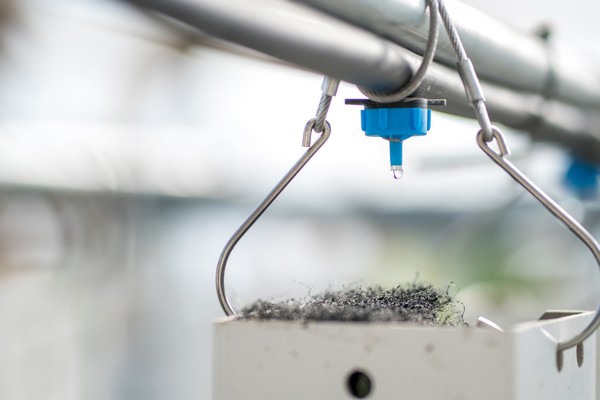
Within the greenhouse is the hydroponic system: a collection of water pumping towers designed to mechanically provide plants with water and nutrients without the need for soil. The towers, standing at 5 ft tall, grow fruits and vegetables vertically, allowing for up to 3 times more output than traditional methods while using 20 times less water due to its water recycling capabilities, according to TJ. All of Green Iglu's growing systems come with what they call a ‘SmartDome Digital Platform’. This is a fully automated monitoring system, including data collection and adjustment capabilities. The Growing Dome also incorporates soil-based grow boxes to grow nutrient-rich vegetables such as potatoes, carrots, and onions.
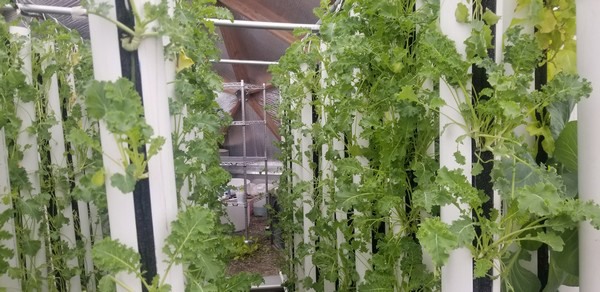
763 servings of root vegetables
Speaking of crops, local communities can request what to grow in the Green Iglu greenhouses. They've even been requested to grow watermelon, but that crop requires too much space for a greenhouse that also incorporates all of the other produce options, TJ mentions. "Potatoes are our most notable crop. Projects that aim to grow food in the Arctic usually only incorporate leafy greens from hydroponic towers, so adding root vegetables was a big task for us. In Arviat’s first season, we were able to grow 763 servings of potatoes and other root vegetables using our stacked planters."
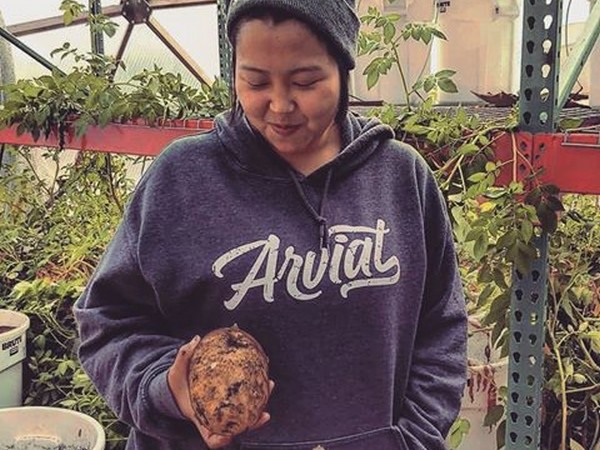
Positive impact
In addition to Green Iglu's work in raising awareness about life in the North and community-building, their direct impact addresses three main areas: food security, education, and economic opportunities. TJ details how this works in practice.
- Food security: "Produce prices are incredibly high in Northern Communities - around 2-3x higher than what we pay in the South. In Arviat alone, we donated over 9,500 servings of fresh produce all grown from the local greenhouse."
- Education: "Through both in-person and digital lessons, our programming reaches communities all across North America and is the fastest-growing aspect of our model. In 2019, we reached 9 communities, totalling 615 students."
- Economic opportunities: "While we send greenhouse technicians to the North for training and maintenance, local community members are employed to operate the greenhouses for the majority of the growing season."
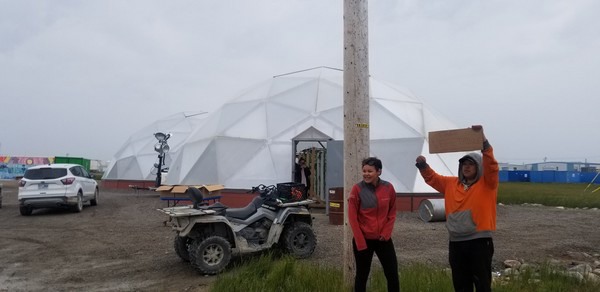
Communities in charge
All this adds up to a project that's all about sustainability. "Sustainability begins with the communities and the people there who contribute to the greenhouse project", TJ notes. "Our greenhouse operations are integrated into the community through stakeholder participation, partnering with local organizations, and hiring community members to run the greenhouse. We also work with each community to determine crops, set price points and establish selling methods. Education and training is crucial in ensuring that the community members have all of the resources needed to operate the greenhouse."
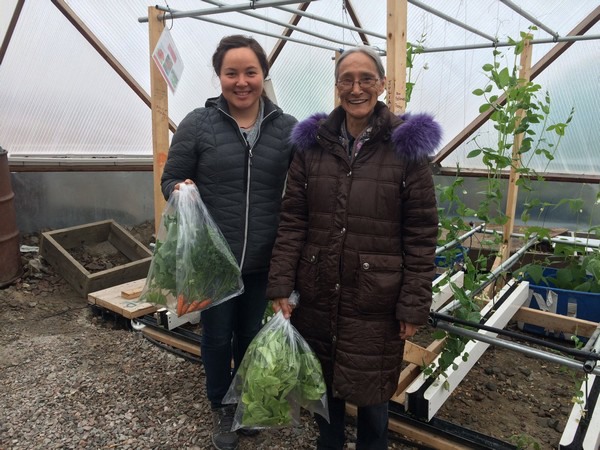
The most important factor in all of this is the ownership of the infrastructure, as TJ further explains. "The greenhouses are not owned by our organization, but rather the community itself; we simply provide the growing systems, education, training, and maintenance so that the greenhouses can eventually reach a period of sustainability where they can operate without our direct oversight. While the timelines vary, we aim to have the communities run the growing systems independently within 3 years of direct support from Green Iglu."
For more information: Green Iglu
Green Iglu
www.greeniglu.com
